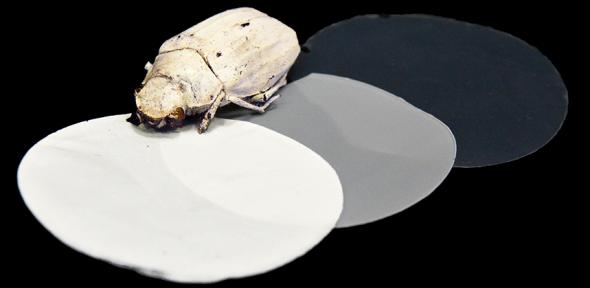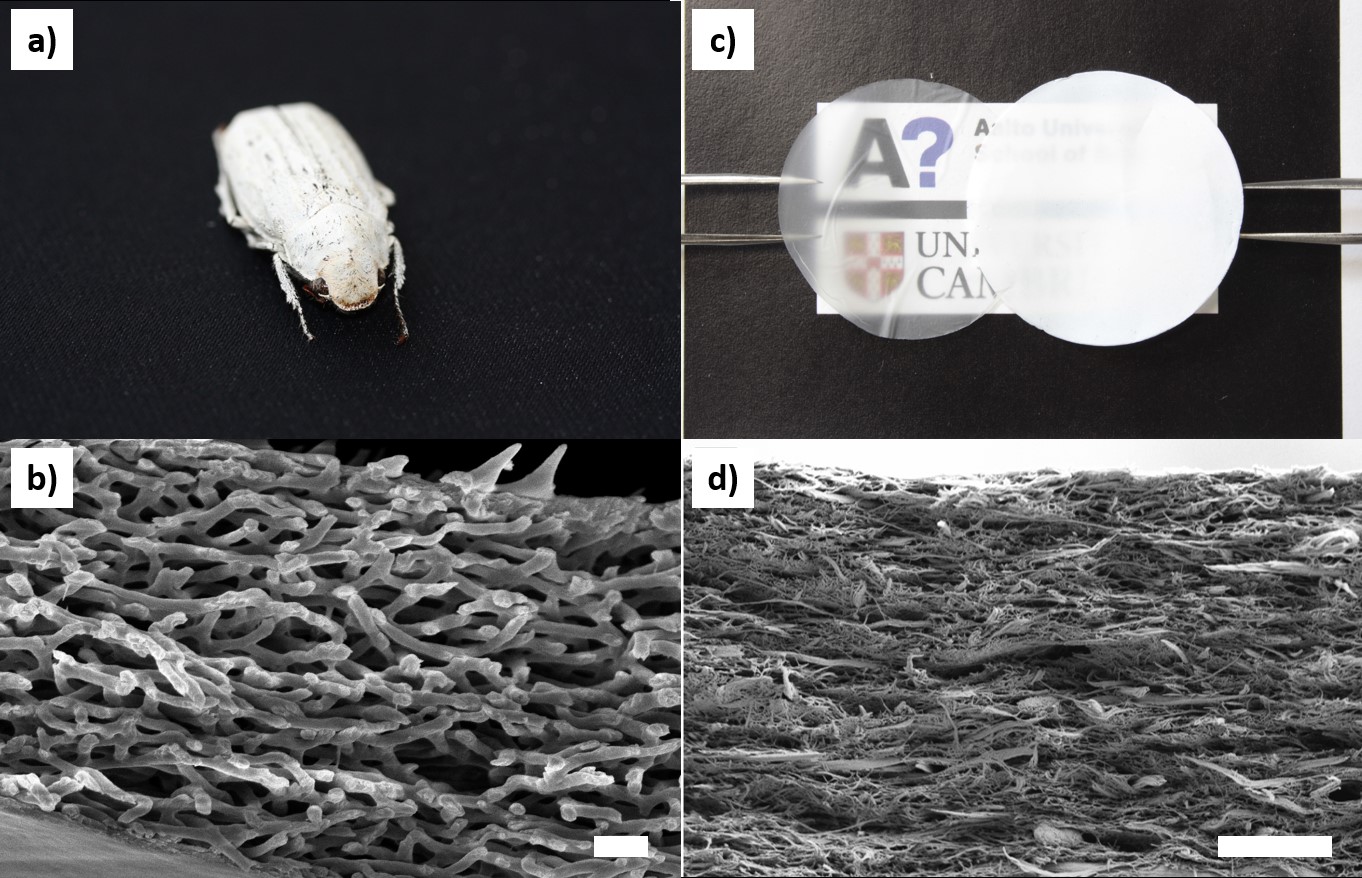
Light scattering and light transport through complex media are omnipresent phenomena in many fields of research and technology as well as daily life, ranging from integrated optics to diagnostics, to consumer products and lightning. Nevertheless, the understanding of multiple scattering of electromagnetic waves in complex nanomaterials, as present in many of these technologies and products, can be quantitatively very demanding accounting for interference and correlation effects. However, taking this challenge, the study and understanding of light transport in disordered media can lead to several important applications: ranging from imaging through turbid media to light localisation and trapping for energy harvesting, to the optimisation of white coatings and white paints. Especially in the latter, the use of sustainable materials becomes a necessity. White paints and white enhancers are used in a huge variety of end-user products, from cosmetics to personal care to edible-inks to packaging.
The white beetle as an inspiration for whiteness optimization
 Bioinspired scattering networks: a) Picture of a white Cyphochilus beetle. b) SEM of the fibrillar network in the beetle scale. Scale bar 1μm. c) semi-transparent and white cellulose-based film. d) SEM cross-section of the with film, showing the cellulose fibrillar network. Scale bar 4μm.
Bioinspired scattering networks: a) Picture of a white Cyphochilus beetle. b) SEM of the fibrillar network in the beetle scale. Scale bar 1μm. c) semi-transparent and white cellulose-based film. d) SEM cross-section of the with film, showing the cellulose fibrillar network. Scale bar 4μm.
So far, the industrial formulations for white enhancers rely on empirically optimised materials and mainly consists of random assemblies of inorganic spherical shaped particles. However, such sphere-based systems have been proven to be less efficient scatterers than naturally optimized systems such as the fibrillary network of the Cyphochilus beetle (Figure 1a,b). This network exhibits the highest scattering efficiency found in nature thus far. In our group, we systematically investigate, by experimental methods and numerical studies, the scattering and transport behaviour of network-like structures. Beside correlation effects, a key parameter in the scattering optimisation is both single-particle and structural anisotropy. Further, we are interested in understanding the formation of these systems in nature, investigating two possible pathways: nucleation and growth or phase separation. In this context, fibrillar nanomaterials, such as cellulose nanofibers (Figure 1c,d), are promising candidates to mimic naturally optimized scattering systems due to their inherent rod-like morphology, excellent mechanical performance, wide availability, renewability, and biocompatibility.
Cellulose as an alternative to inorganic white materials
The industry has long relied on the use of high refractive index media, such as titanium dioxide (TiO2) nanoparticles and other inorganic materials to produce so-called light scattering enhancers. Such materials are processed in the production of white coatings and to improve performances of colour pigments in a large variety of industries: from cosmetic to food colouration. However, they have recently been found to be cancerogenic and dangerous to humans and the environment. Therefore, it urges to find more safe and sustainable replacements offering a similar optical response. We aim at developing a nano-cellulose technology that allows achieving the same optical performances of commercial scattering enhancers completely avoiding inorganics. We produce cellulose-based fibrillar networks that can achieve extremely high scattering efficiency using low refractive index components. We believe that such a novel class of biocompatible materials can replace traditional scattering enhancers in pigment formulations and coatings, therefore delivering safer and more sustainable products.
Correlated disorder allows achieving angle-independent structural colour
The physical mechanism behind colours is well understood for classical absorption-based pigments. However, in the last decades, the most effort focused on creating colours by scattering from nanoscale structures. These structural colours come with various advantages compared to conventional pigments: (i) they cannot bleach, as the architecture instead of the composition defines the colour formation; (ii) they can be constituted of environmental-friendly materials (iii) they achieve unconventional colour effects, from vivid metallic to isotropic optical response.
Matt, angle independent colour appearances are connected to light propagation in disordered photonic systems. In such systems, it is non-trivial how their visual appearance is related to the scattering structure, as single-particle properties as size, shape and refractive index as well as ensemble properties as filling fraction and structural correlations play a role. Our group developed methods to produce hierarchical or short-range order structures with angular-independent colours. Such studies of short-range order structures often referred to as photonic glasses (PGs), found inspiration in analogous two-dimensional structures exploited in birds. However, in nature, such PGs have been reported only to produce blue colours, as green and red colouration are usually achieved with long-range ordered structures or using pigmentation. Using numerical methods, we investigate the limitations of colour creation by scattering from disordered, short-range correlated structures.
